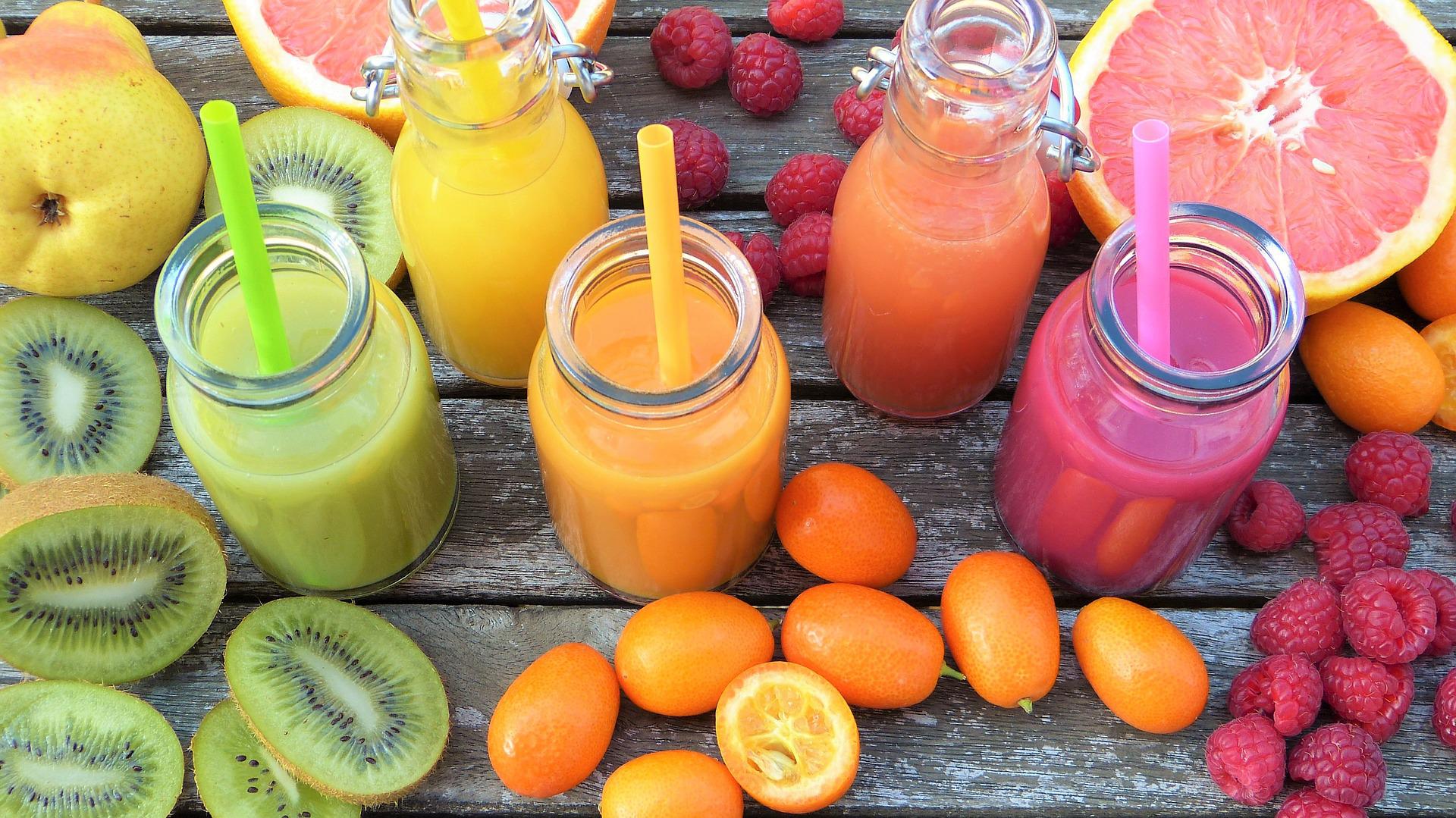What is the acidity of fruit juice? This is a question that many people ask. Is apple juice an acid or a base? What about orange juice? Grapefruit juice? In this blog post, we will answer that question and more!
Most fruit juices have a pH that is in the middle of the pH scale. This means that they are not very acidic and they are not very alkaline. However, there are some fruit juices that are more acidic than others.
We will discuss the pH of different types of fruit juice and list some of the most acidic juices. We will also talk about why apple juice is an acid and what that means for your health. Stay tuned for all the juicy details!
What Is pH?
pH is a measure of how acidic or basic a substance is. The scale goes from 0 to 14, with 0 being the most acidic and 14 being the most basic. Acids have a pH of less than 7, while bases have a pH of more than 7. Neutral substances have a pH of 7. The pH scale is logarithmic, which means that each step on the scale represents a tenfold increase in acidity or basicity. For example, a substance with a pH of 5 is ten times more acidic than a substance with a pH of 6.
Are Fruit Juices Acidic?
Most fruit juices have a pH that falls somewhere in the middle of the pH scale, which means that they are neither very acidic nor very alkaline. However, there are some fruit juices that are more acidic than others. For example, lemon juice has a pH of 2, while grapefruit juice has a pH of 3. This means that lemon juice is more acidic than grapefruit juice. Acidity levels can vary depending on the type of fruit, as well as how ripe the fruit is.
For example, unripe bananas have a pH of 4.5, while ripe bananas have a pH of 6.5. This means that unripe bananas are more acidic than ripe bananas. Understanding the acidity levels of different fruit juices can be helpful when choosing which ones to drink. Those with higher acidity levels may cause stomach upset in some people, so it is important to be aware of this before consuming them.
There is also a difference between fresh and processed juices. Fresh juices usually have a higher pH than processed juices because they haven’t been exposed to as many acids during processing.
When it comes to juice, there is a big difference between fresh and processed. Fresh juices are made from whole fruits and vegetables and are usually high in vitamins, minerals, and antioxidants. In contrast, processed juices are made from concentrate and often have added sugars, preservatives, and other additives. Fresh juices also have a higher pH than processed juices, meaning they are less acidic.
This is because fresh juices haven’t been exposed to as many acids during processing. As a result, fresh juices are generally more healthful than processed juices. However, both fresh and processed juices can be part of a healthy diet. The key is to choose wisely and consume in moderation.
How Can You Find The pH Of A Juice
Whether you’re a home chef or a professional bartender, knowing the acidity of your ingredients is essential to crafting the perfect dish or drink. Fortunately, there are a variety of ways to measure the pH of a fruit juice. pH meters and strips are widely available from chemists and online retailers. To use them, simply dip the strip into the juice and compare the color to the chart that comes with the kit.
While this method is quick and easy, it’s important to note that pH strips can be inaccurate, so it’s always best to double-check your readings with a second method. Another option is to use universal indicator paper. This type of paper changes color based on the acidity of the solution it’s in, so it’s very easy to get a precise reading.
You can also make your own universal indicator paper using red cabbage juice and litmus powder. Whichever method you choose, measuring the pH of your fruit juice is a critical step in creating delicious and perfectly balanced recipes. The pH of fruit juice is important to know because it can affect how your body reacts to the juice. For example, if you have a sensitive stomach, you may want to avoid juices with a high acidity level.
List Of Common Juices And pH
As anyone who has ever made a fruit salad knows, different fruits have different levels of acidity. This is due to the different pH levels of the fruit juices. The acidity levels of fruit juices can also affect how they interact with other substances. Knowing the acidity levels of common fruit juices can be helpful in both cooking and cleaning. Here is a list of some common fruit juices and their pH levels:
- Orange juice: pH between three and four
- Apple juice: pH between three and four
- Grapefruit juice: pH between two and three
- Tomato juice: pH between four and five
- Cranberry juice: pH between two and three
Conclusion
All in all, fruit juices are acidic, and this is information that you should know. It’s important to be aware of the pH levels and how they can affect your food or surfaces. By understanding how acidity works, you can take steps to avoid any negative consequences and make sure that your cooking and cleaning experiences go off without a hitch.
